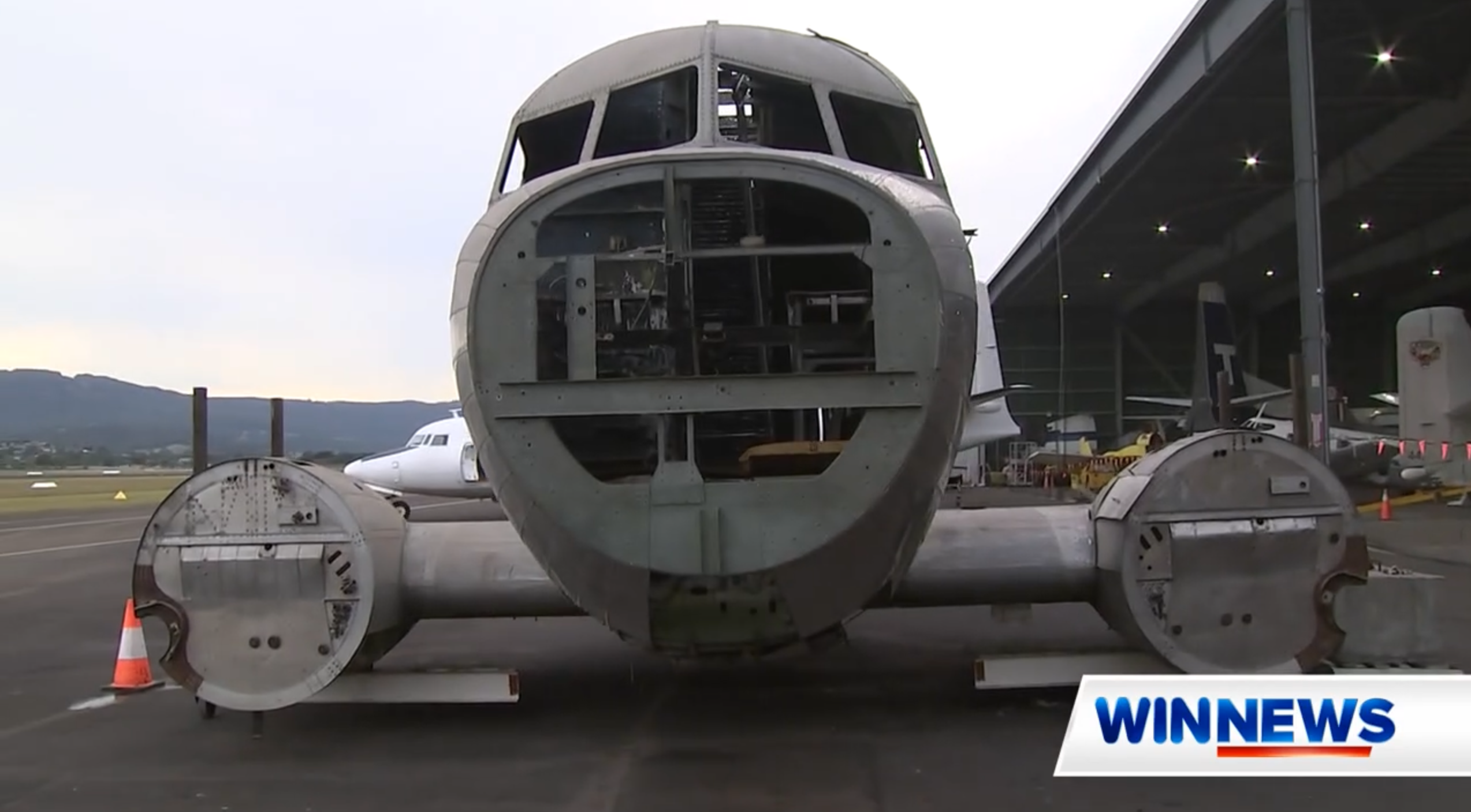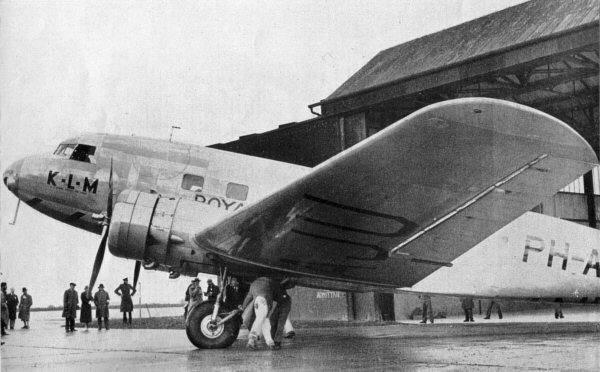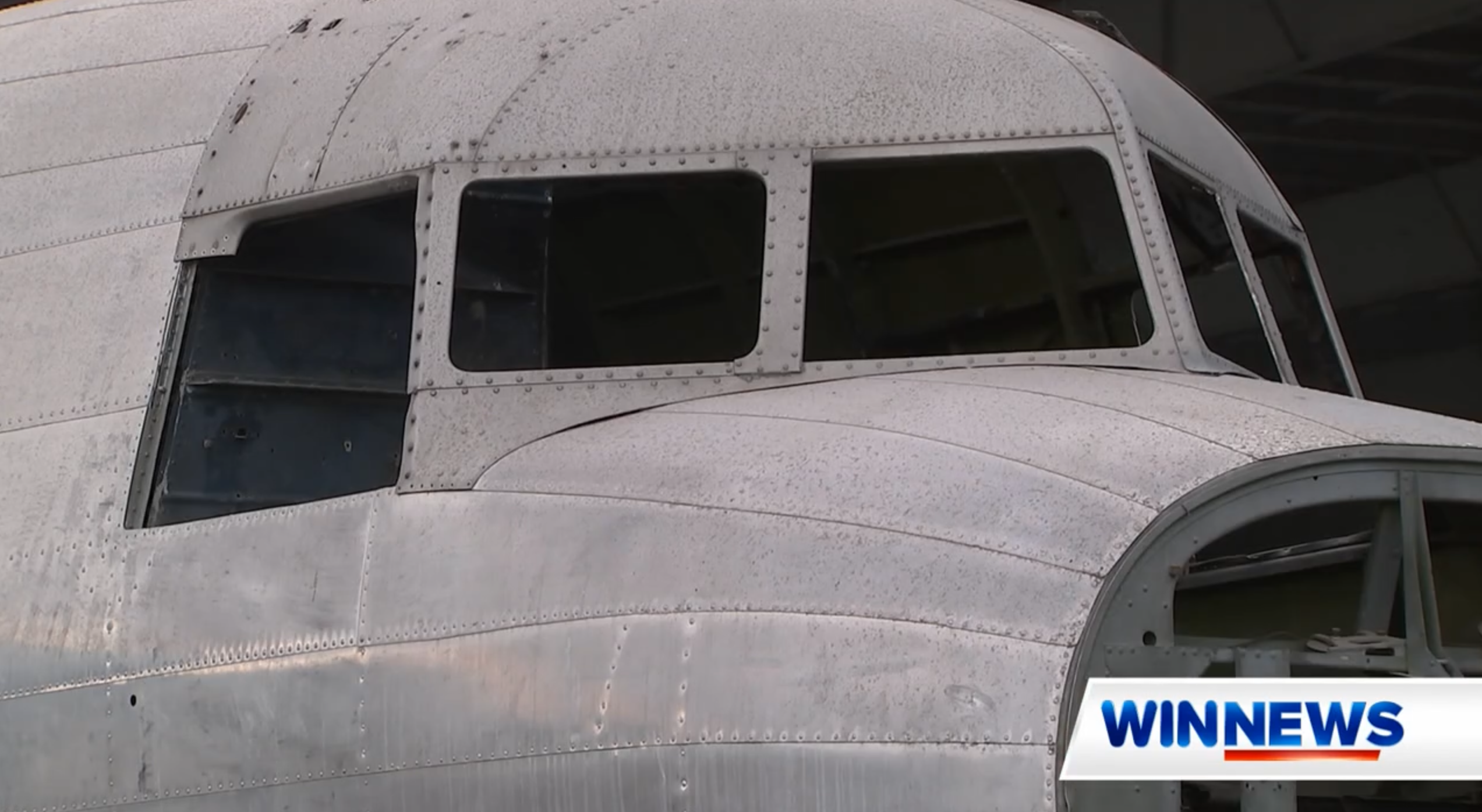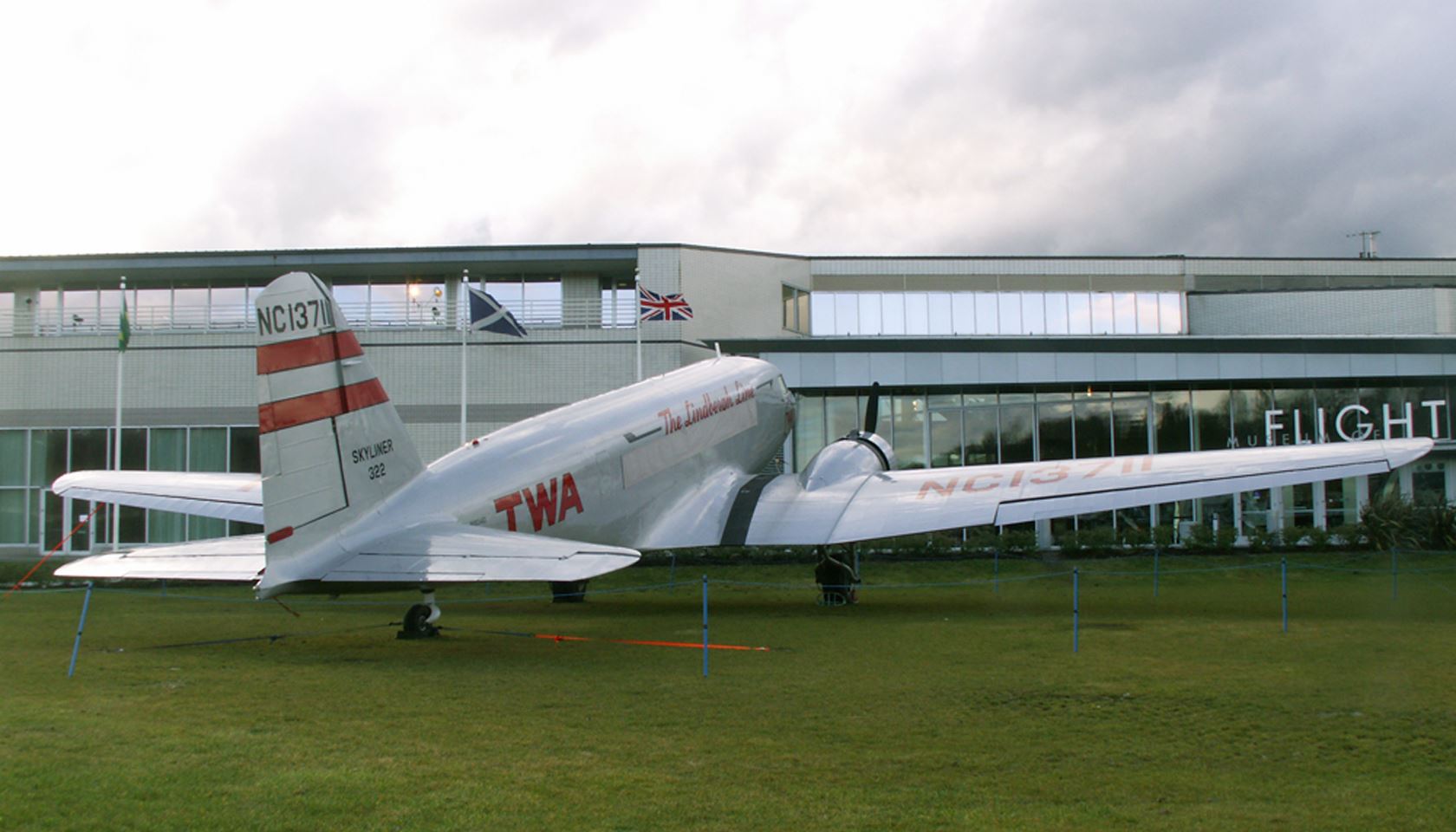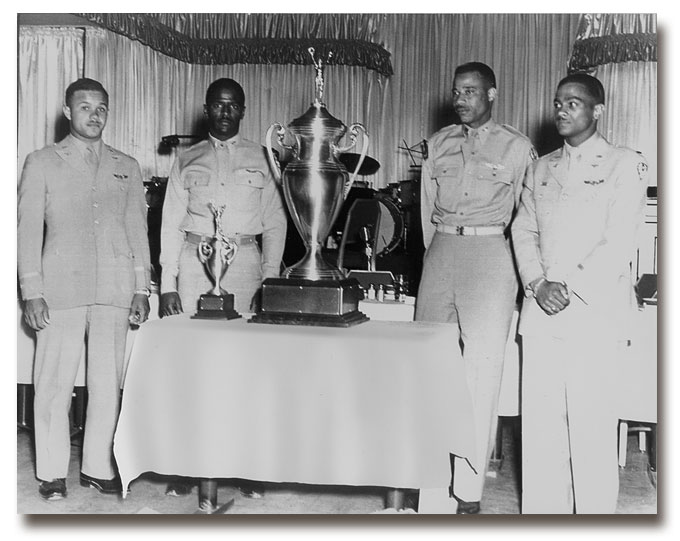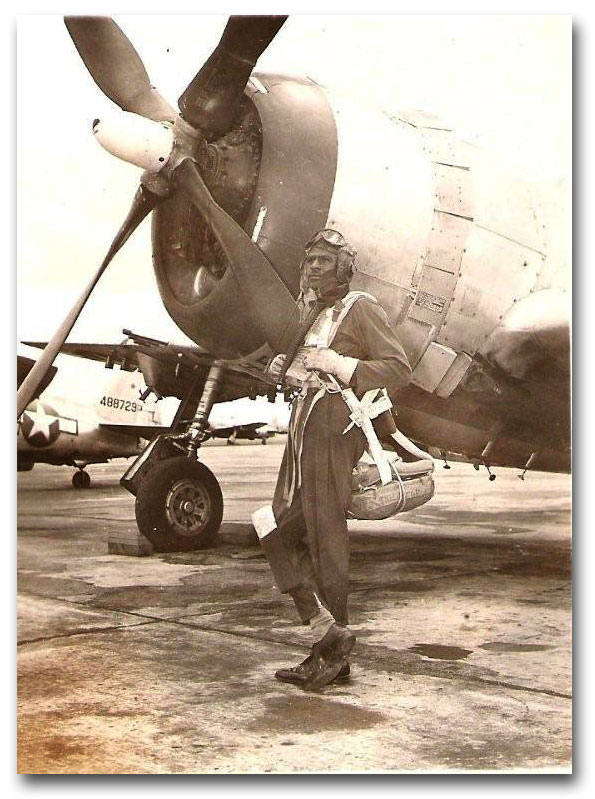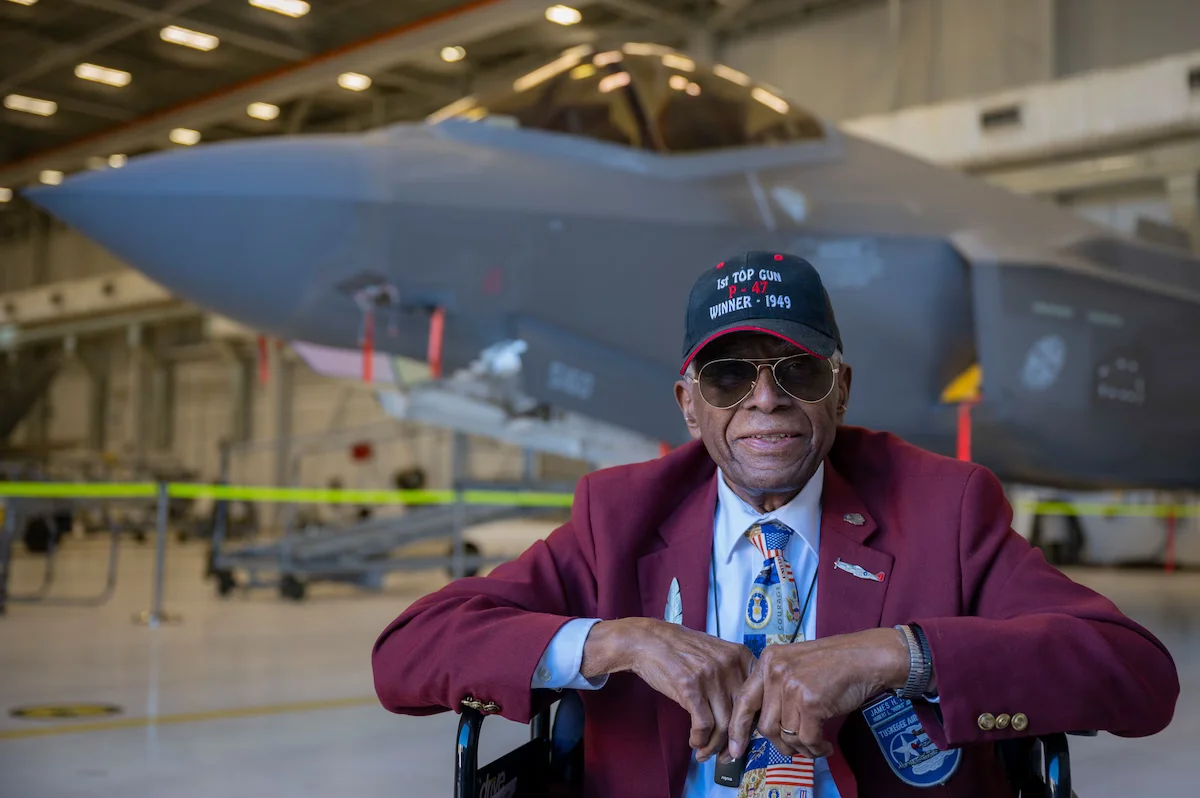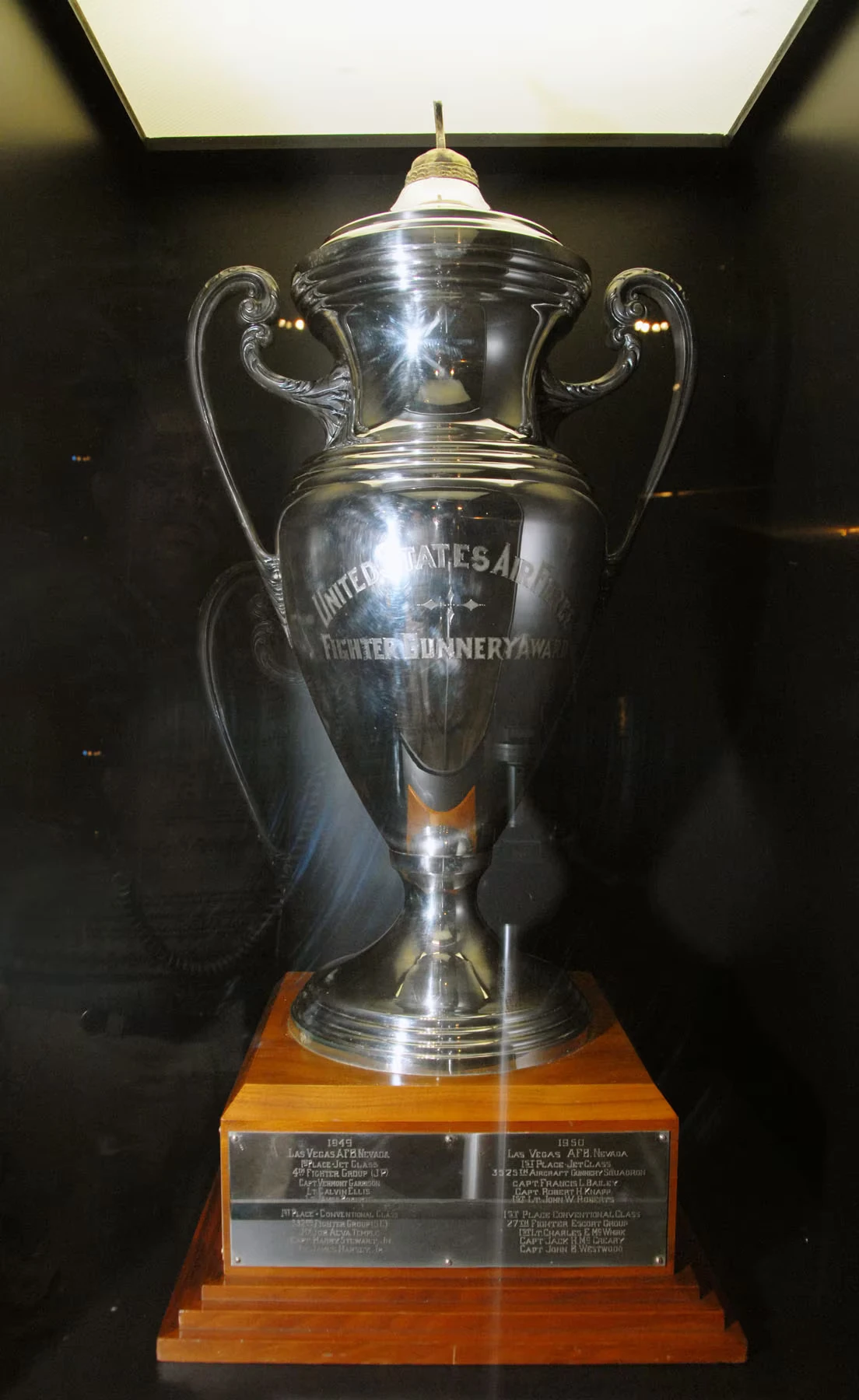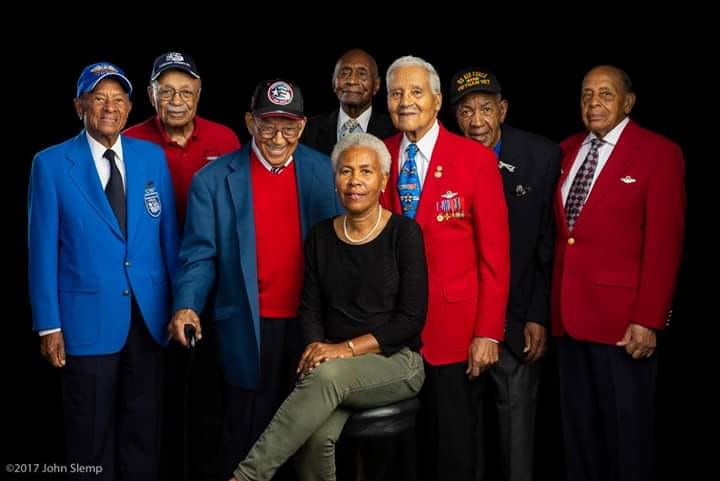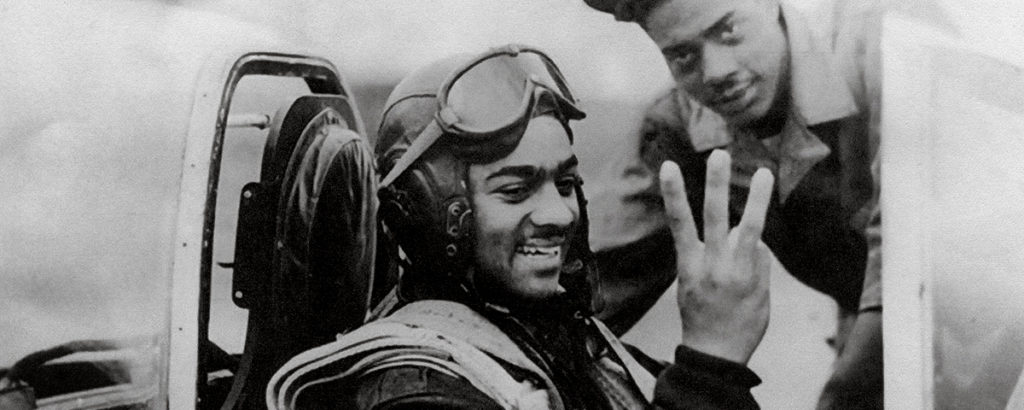Rare C-49 ‘WildKat’ Makes First Appearance at Reading World War II Weekend [NEEDS PHOTO SWAP]
Story and photos Gary Daniels July 12,2024
In 1991, the average age of American World War II veterans was 70 years old. This was also the year of the fiftieth anniversary of the Pearl Harbor attack. With all the media and remembrance events, Americans suddenly ‘remembered’ the nation’s WWII veterans. Of the 16.4 million Americans who served in WWII, 9.2 million were still living in 1991. Veterans that felt forgotten were surprised to see this new heartfelt gratitude. For the past three-and-a-half decades, our WWII veterans have been treated like the heroes they are. As the years have ticked by, their numbers have declined rapidly. Today, less than 90,000 of the ‘Greatest Generation’ veterans are still living.

Also in 1991, with the revived appreciation of our WWII veterans, the Mid-Atlantic Air Museum, located in Reading, Pennsylvania, created a WWII-themed event honoring our veterans. Since then, it has become the greatly anticipated annual World War II Weekend: A Gathering of Warbirds, held the first weekend in June. For more than thirty years, WWII history and veterans have been recognized through this unique remembrance. The weekend is action-packed with daily airshows, aircraft displays, military vehicles, WWII veterans, speakers, presentations, vendors, entertainers, Homefront education, mock battles, 20-plus acres of WWII encampments, nightly big-band hangar dances, and of course, the reenactors. Whether called ‘reenactors’ or ‘living historians,’ a dummy hand grenade cannot be thrown without hitting one. The commitment and attention to detail of each personal wartime civilian or military impression helps to keep WWII history alive.

One of the event performers this year was perfectly matched for the WWII Weekend. The WWII Airborne Demonstration Team (ADT), based in an historic WWII hangar at the old Frederick Army Air Field in Frederick, Oklahoma, takes being ‘living historians’ to the next level. The ADT’s mission is to remember, honor, and serve our veterans through the WWII Airborne heritage. Twice a year, the ADT conducts two eight-day parachute schools that train student jumpers in the rigorous WWII Airborne syllabus. Over the course of the week, the students train and make jumps from one of ADT’s two WWII veteran aircraft, a 1942 C-47 and a 1941 C-49. If a student makes five jumps and completes the school, they earn their wings. At that point, they can choose to walk away and feel great about what they’ve accomplished, or they can become part of the ADT cadre. As a team member, they can volunteer to help within the team and continue to add to their jump totals.

A good reason to add jumps is to become ‘airshow qualified.’ The Federal Aviation Administration (FAA) requires that a parachutist have a minimum of thirty-five jumps to perform at an airshow in the United States. That level of experience is needed due to the unique challenges presented by each airshow drop zone location. The parachutist must understand the ‘language of the air’ and have advanced experience with canopy control to accurately drop into the defined drop zone. The drop zone at an airshow consists of concrete runways and taxiways, expanses of ground between the two that may contain ditches or drainage culverts, landing lights, directional signage, and other obstacles to avoid. And, above all, the most important obstacle to avoid is the crowd. ADT’s goal for every airshow performance is to conduct an exciting airborne demonstration for the audience and for all parachutists to land safely and walk off the drop zone to shake hands along the crowd line. ADT airshow-qualified parachutists don’t don the uniform and gear of a WWII paratrooper just so people can snap selfies with them at airshows. They take being a ‘living historian’ to an unapparelled level as they step out of the aircraft at 1500 feet and 120 miles per hour to drift down into a challenging drop zone. As the audiences watch the parachutists exiting the aircraft and descending, they are witnessing a remembrance of our young paratroopers of 80 years ago who volunteered to do the extraordinary to help win a world war.

WWII Airborne Demonstration Team airshow qualified parachutists prepare for the airborne jump during the Friday airshow at the WWII Weekend
As ‘living historians’ representing the American WWII Airborne soldier, ADT strives to be as period-correct as possible with their uniforms and equipment. ADT member Keith Bunger explains, “ADT goes to the furthest extent possible to make sure our uniforms and equipment are accurate. By researching wartime photos and documents, we make sure our uniforms and equipment are true to what the veterans wore and carried to honor their memory and to be historically correct for the audiences.”
WWII Airborne Demonstration Team parachutists receiving Jumpmaster Parachute Inspections before an airshow airborne demonstration.
The ADT members at the WWII Weekend wore what American paratroopers would have been wearing in June 1944 on D-Day. Their M-42 jumpsuits included the M-1 ‘steel pot’ helmet, M-36 combat suspenders, pistol belt, rigger pouches, a canteen, first aid kit, and musette bag. Some even had the M-3 fighting knife tied to their leg. They ‘hit the silk’ using the modern MC1-1 round parachute that is similar in appearance to the T-5 parachute used in WWII. Presenting the most exact impression of an American WWII paratrooper to the audience is paramount with the ADT.
WWII Airborne Demonstration Team airshow qualified parachutists prepare for the airborne jump during the Friday airshow at the WWII Weekend
The WWII Weekend marked a couple of firsts for the ADT. This was the first time one of their aircraft would be the jump platform for the team at a major airshow. And this was the furthest they had flown one of their aircraft to an airshow. The team owns and operates two WWII veteran transports. Their 1942 C-47A USAAF #42-92277 (N751A) Boogie Baby is based at the ADT hangar in Frederick, Oklahoma. Their C-49 WildKat is based in Bartlesville, Oklahoma. WildKat was tapped to go to Reading, 1000 air miles away from Bartlesville.
The WWII Airborne Demonstration Team C-49
WildKat drops parachutists over the drop zone during the Sunday airshow at the WWII Weekend.
WildKat is one of the oldest DC-3 variant airframes flying today. In January 1941, WildKat was on the assembly line at the Douglas Aircraft Company plant in Santa Monica, California. Destined for Eastern Airlines, the United States Army Air Corps (USAAC) stepped in and drafted the aircraft into military service on January 24, 1941. An item to note; the USAAC became the United States Army Air Force (USAAF) in June 1941.
Given the nomenclature ‘C-49,’ it’s service with the USAAF included ferrying VIPs, troops, and cargo throughout the United States. Seeing a C-49 and a C-47 side-by-side, it would be hard to tell the differences. Most notably are the engines. The DC-3 /C-49 had Wright R-1820 Cyclone 1000 horsepower engines with nine cylinders in a single row. The Boeing B-17 Flying Fortress used the turbocharged version of this engine. The purpose-built militarized version of the DC-3, the C-47, had Pratt and Whitney R-1830 1200 horsepower engines with 14-cylinders in two seven-cylinder rows, the same engine as the Consolidated B-24 Liberator. The two rows of cylinders required deeper cowlings on the C-47 than the C-49. The C-47 also had an astrodome positioned in the cabin roof, strengthened floor components, a double cargo door and a shortened tail-cone for glider-towing shackles, all of which the C-49 did not have.
In January 1945, the aircraft was released back to Eastern Airlines, restored to an airline passenger configuration and remained in service with Eastern until 1952. At that time, it was sold to North Central Airlines and operated as a passenger aircraft until 1960. North Central converted it to a cargo transport, stripping out the passenger seating, strengthening the floor, and adding a large C-47 double cargo door. It remained in service with North Central until 1965.

The WWII Airborne Demonstration Team C-49 WildKat was used in a 1976 Chevrolet truck commercial. Chevy truck chassis were attached to the aircraft to demonstrate the toughness of Chevy trucks.
From 1965 to 1974, Air Puerto Rico operated the plane as a cargo transport between Puerto Rico and the United States. A Houston, Texas based leasing company took ownership and hired it out for many different purposes, most notably being the 1976 television commercial for Chevrolet trucks. Chevy truck chassis were attached to each of the main landing gear assemblies to demonstrate the truck chassis toughness and durability.
The WWII Airborne Demonstration Team C-49 WildKat shown in a previous life as an airliner, circa 1958.
In 1978, it was sold to Florida-based Missionair, who operated aircraft throughout the Caribbean and Latin America for humanitarian missions transporting food, clothing, and medical relief. Missionair retired the aircraft in 2007, after it was damaged in a hurricane.
In 2007, ADT purchased the aircraft and moved it to the hangar facility in Frederick, Oklahoma. It would not be until 2016 that funds would be available to begin restoration. In January 2017, it was cleared for a maintenance ferry flight from Frederick to Tulsa. There, the ADT Airwing spent 18 months restoring the aircraft to all her WWII glory. It was during this time that she was christened WildKat and painted in the livery of the 301st Troop Carrier Squadron (Z4) of the 441st Troop Carrier Group to match Boogie Baby. WildKat returned to flight in the summer of 2018. Today, WildKat is based at Bartlesville’s Frank Phillips Field. She makes the trip to the ADT hangar in Frederick three times a year to support the ADT activities and is the aircraft that supports airshows for the team.

The WWII Airborne Demonstration Team conducts two Parachute Schools a year. The C-49
WildKat, along with the team’s C-47
Boogie Baby, have dropped more than 20,000 students and parachutists.
WildKat arrived at the WWII Weekend at 6:00 p.m. on Thursday, June 6. Flying in a C-49 for six hours and 1000 miles on June 6th caused all on board to reflect on the historic importance of the day. And, the ADT also had several team members jumping that very day in Normandy, France during the 80th D-Day Commemorations. Friday, Saturday, and Sunday were the show days. A very popular aspect of the WWII Weekend is that aircraft are positioned throughout the crowd area, so people can get close to the vintage machines and have the chance to talk with the aircrews. WildKat attracted quite a crowd during the three days. More than 1700 climbed the air-stairs to tour inside the aircraft.
More than 1700 people toured the WWII Airborne Demonstration Team C-49
WildKat during the three days of the WWII Weekend.
The main reason the ADT brought WildKat to Reading was to be the jump platform for the airborne demonstration during the airshow each of the three days. Eleven ADT airshow-qualified parachutists attended. Each day, they would line up and don equipment in front of the crowd leading up to their boarding time for the airshow jump. Seeing these ‘WWII paratroopers’ in exacting kit and strapping on their main and reserve chutes with the C-49, painted in the livery of a D-Day troop transport, as the backdrop created a scene straight out of history.
The WWII Airborne Demonstration Team C-49
WildKat taxi’s out to the main runway during the Saturday airshow at the WWII Weekend. Master jump master Henry Viswat stands in the door.
While the parachutists were donning equipment, the ADT Drop Zone Safety Team (DZST) was on the airfield establishing the location for the drop zone (DZ) and taking wind measurements. Winds all three days of the event were an issue. On the DZ, winds must be within safe limits for an airborne demonstration to be conducted. WildKat successfully conducted two jump ops on Friday and Sunday for a total of twenty-two parachutists dropped. Winds were within limits on those days, but just barely.


Saturday was a different story. WildKat lifted off for the jump, while the DZST monitored the winds on the DZ. WildKat passed over the field, dropped wind drift indicators and then continued in the pattern to make the first jump pass. The winds were in limits one minute, out of limits the next. As WildKat approached for the first jump pass, the winds suddenly picked up and exceeded safety limits. ADT Drop Zone Safety Office, Steve Mynatt, quickly called over the radio, “ABORT, ABORT, ABORT.” The first pass was scrubbed, and the audience wondered why there were no parachutists exiting the aircraft. The airshow announcer was quickly notified so that he could let the crowd know the issue. WildKat made another approach and, once again, the jump was aborted to the audience’s disappointment. Weather is always an issue at an airshow and, while the windy conditions kept the temperature pleasant for the crowds, it prevented a safe airborne demonstration on Saturday.


The airshow ended at 5:00 p.m. on Sunday, much too late for WildKat to head back to Oklahoma. So, the aircrew stayed another night planning for an early start the next morning. The aircrew arrived back at Reading Regional Airport at 8:00 a.m. to prep the aircraft for the trip home. The airport was a ghost town! Just the day before the airfield resembled a small city. Now all the people, tents, trailers, military vehicles, and aircraft were gone except for the B-29 FIFI sitting buttoned-up on the ramp. After some prop turning and preflight check list, engines were started and WildKat was on the way home. Flying with a headwind required two stops on the way back. A friendly ground crew greeted WildKat when she arrived home in Bartlesville late in the afternoon.
WWII Airborne Demonstration Team parachutists walking across the hot ramp to board the C-49
WildKat.
Here are some specs. WildKat logged 2000 miles and 12 hours of flight time, consuming 1400 gallons of av gas and many gallons of oil. ADT pilots Brad O’Connor and Jim Dagg’s thousands of hours of combined flight experience was evident on the flight deck. Flight Engineer Doug Knoepfel stayed busy caring for the aircraft during the five days. The old gal is maintenance intensive. This was the ADT’s largest airshow effort to date. Flying their 83-year-old C-49 2000 miles and having twenty-five team members support the WWII Weekend was a new milestone for the team.
Dodging weather on the way to the WWII Weekend in Reading, PA.
Next stop is EAA AirVenture Oshkosh 2024. This is another first for the ADT. They will conduct two airborne demonstrations with WildKat as the jump platform during the airshows on Tuesday, July 23 and Wednesday, July 24. The audience will see a WWII veteran transport in June 1944 troop carrier livery, dropping parachutists in WWII M-42 jump gear, drifting onto the Wittman DZ under WWII-style round canopies. The WWII Airborne Demonstration Team are truly ‘living historians’ in a league of their own.
The WWII Airborne Demonstration Team C-49
WildKat returns after a successful airborne drop on Sunday at the WWII Weekend.
For more information about the WWII Airborne Demonstration Team, please visit
www.wwiiadt.org. A special note: on April 30, 2024, the historic hangar at the old Frederick Army Air Field was significantly damaged by a tornado. The ADT has been caring for this historic Homefront monument since 2005. If you would like to donate to help with repair expense please visit
www.wwiiadt.org, or donate on the WWII Airborne Demonstration Team Facebook page.
Twenty-five WWII Airborne Demonstration Team members attended the WWII Weekend in Reading, PA.
Read more on this...


















































